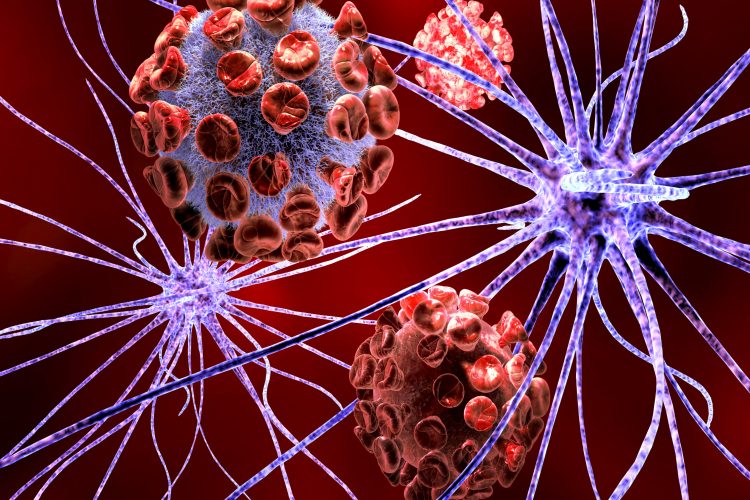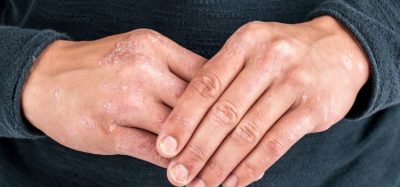According to a new report, Novartis’ Zolgensma (onasemnogene abeparvovec-xioi), is expected to generate global sales of $2.5 billion by 2025 and lead the spinal muscular atrophy (SMA) market.
GlobalData, which conducted the research, says that the recently announced long-term positive data for Zolgensma, a one-time infusion gene therapy, showed significant therapeutic benefit in patients with SMA over a range of extended studies. The medication covered patients treated presymptomatically and demonstrated sustained durability in patients up to five years post-dosing.
Interim results were also reported for an intrathecal formulation, tested in older patients with SMA type 2 aged two to five.
Sarah Elsayed, Pharma Analyst at GlobalData, commented: “The robust overall trial results are expected to spur the drug’s sales, expand its future patient pool and further dispel controversies raised over the drug’s credibility after its pre-clinical data manipulation incident and $2.1 million price tag.’’
The unveiled impressive data will give Novartis a competitive advantage over other marketed SMA therapies, posing a threat to Biogen’s blockbuster Spinraza (nusinersen). Zolgensma, despite costing $2.1 million per infusion, is thought to be more cost-effective than Spinraza over the long term.
Elsayed continued: “Given Zolgensma’s five-year efficacy and safety results, coupled with the drug’s approval in Japan and the findings from a new study investigating expanded use in patients with SMA type 2, GlobalData expects that Zolgensma will change the landscape of the SMA market and it will prove that gene therapies may hold the key to SMA treatment.”
The presented data of a completed pivotal STR1VE-US study showed that 91 percent of patients met the co-primary efficacy endpoint of event-free survival at 14 months and 59 percent of patients met the co-primary efficacy endpoint of sitting for ≥30 seconds at 18 months of age – a milestone never achieved before in any clinical trial of SMA type 1. Additionally, nine of 22 patients demonstrated the ‘ability to thrive’ at 18 months of age.










